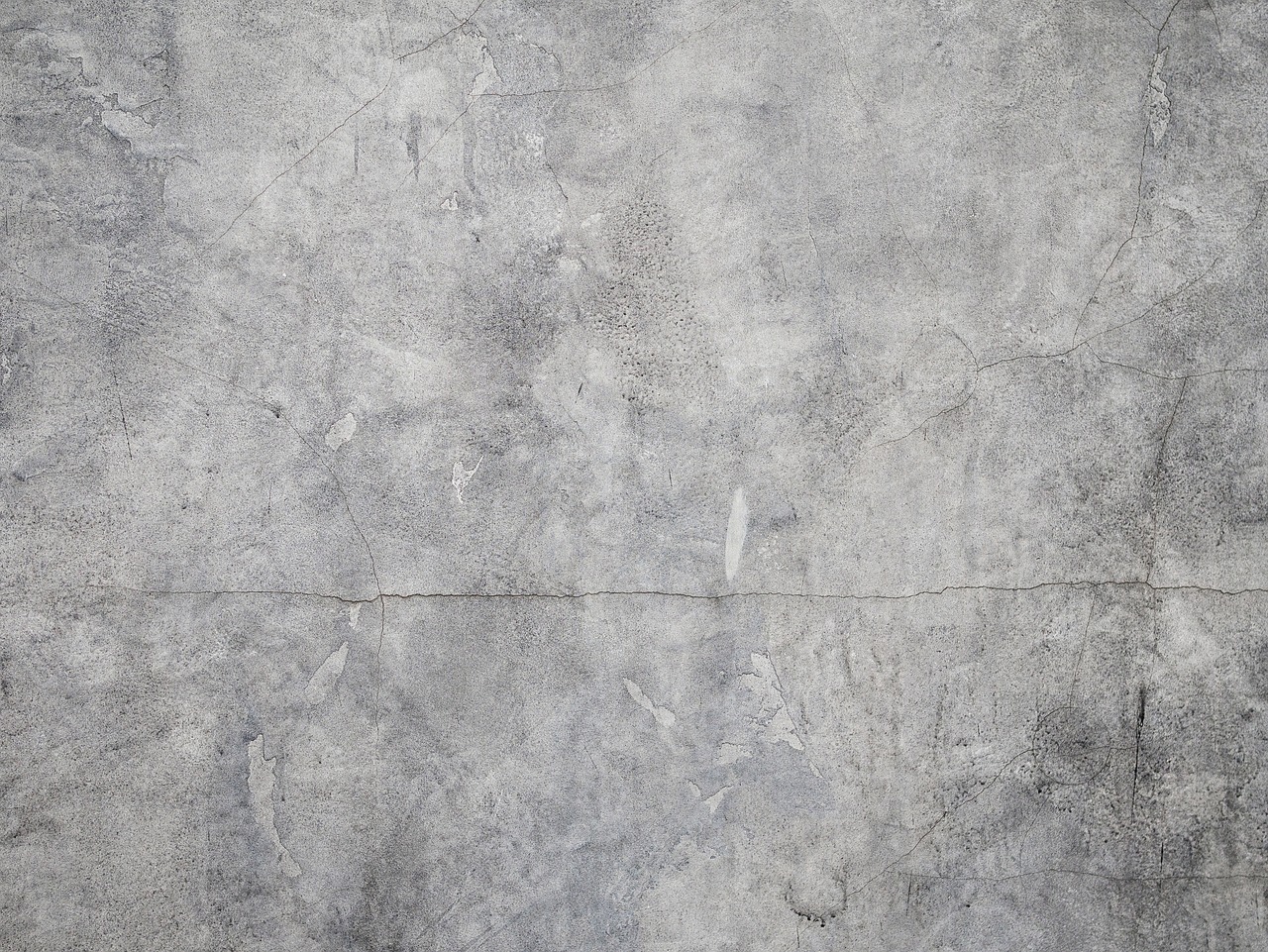When we think of concrete, we imagine an unyielding, sturdy surface that can endure almost anything. However, this durability can be threatened by one of the most common issues faced by builders and homeowners: water. Concrete waterproofing is essential for keeping water from destroying the concrete, and it’s essential that you know how to protect your surface.
Water and Concrete: Not Always a Perfect Mix
Concrete is composed of a blend of water, cement, and aggregate. Though you might assume that this would make it water-resistant, concrete is actually quite porous. It easily absorbs water, particularly if it has cracks or fissures.
Water seeping into concrete surfaces can cause the steel reinforcing within the surface to rust. As rust develops, it can expand up to five times its original size, leading to significant cracking and disintegration of the concrete. Aside from structural issues, water makes concrete surfaces prone to freezing and thawing, leading to heaving and cracking over time.
In light of these problems, it’s clear that waterproofing concrete is critical to ensuring its longevity and durability.
Types of Concrete Waterproofing
There is a range of waterproofing products and techniques accessible for protecting concrete surfaces from water damage.
Concrete sealers: Concrete sealers are applied to surfaces to protect them from water infiltration. They’re particularly useful in preventing water from entering concrete surfaces that are already in decent shape. Concrete sealers are perfect for driveways, walkways, and other horizontal concrete surfaces.
Concrete coatings: Coatings are more effective than sealers at keeping water out and are commonly used for walls and other vertical surfaces. A lot of coatings available consist of a mix of cement and other waterproofing components and are applied similarly to paint. They’re specifically ideal when waterproofing concrete surfaces that remain visible, as they can add an appealing finish as well.
Cementitious waterproofing: This technique involves applying a thin layer of cementitious material to the concrete surface, forming a concrete barrier between the surface and water. Although the effectiveness of cementitious waterproofing is currently disputed, it is still frequently employed.
Waterproofing membranes: These are sheets of material that are placed on the concrete surface and are typically used in flooring or roofing.
Benefits of Waterproofing Concrete
Waterproofing your concrete surfaces has numerous advantages. A few of these are:
Enhanced durability: Waterproofing helps to minimize the risks of erosion and deterioration generated by water. This enhances the concrete’s service life and helps maintain the integrity of your structure.
Health benefits: Dampness in concrete can motivate the growth of hazardous mold. Waterproofing your concrete surfaces can help maintain a safe and healthy living and work environment.
Stress reduction: You’ll have peace of mind knowing your concrete surfaces are safeguarded against water damage. This preventative measure can help prevent costly repairs over time.
Bottom Line
Concrete waterproofing is vital to maintaining the integrity and durability of your surface. In addition, waterproofing encourages a safe and healthy living and work environment, which is another critical advantage. By following appropriate sealing and coating procedures and utilizing the best waterproofing products, you can achieve the best possible protection for your concrete surface.
